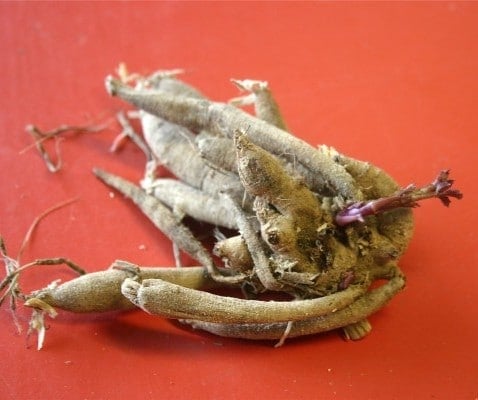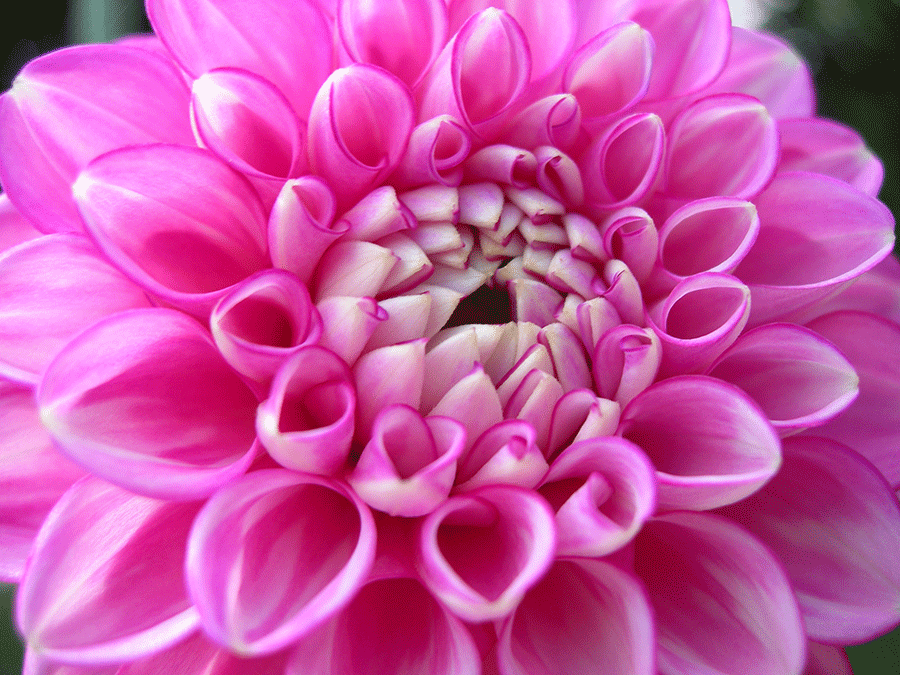
Dahlias, begonias and other summer-flowering bulb-like plants are as common in our gardens as tulips, daffodils and crocuses are in the spring. But unlike their hardy cousins, these tender plants that grow from corms, rhizomes and tubers hail from warmer parts of the globe — Mexico, South and Central America, Asia and South Africa — and can’t withstand our deep-freeze winters.
“Plant life is very competitive,” says Dugald Cameron, a horticultural consultant based in Toronto who for 32 years until December 2014 owned and operated the Gardenimport mail-order nursery. Bulbs have a strategy for parts of the years that aren’t favourable, he says. In the tropics, where most tender bulbs come from, they store all their energy for next year’s growth in various underground organs — true bulbs (pineapple lily and wood sorrel), corms (gladiolus), tubers (begonias and dahlias) or rhizomes (calla and canna lilies) — and then go dormant during periods of drought.
“The energy and the root system are already there, so when conditions are right, they come out of the ground faster than their competitors,” Cameron explains.
When these bulbs are grown in our climate, though, this dormancy must take place indoors. Here’s how to create the right environment for these plants when you pack them away for the winter.
The 4 essential steps to overwinter tender plants
Dig
Be careful when lifting the bulbs, corms, tubers and rhizomes (which we’ll call roots to simplify things) from garden beds. Cuts, slices or punctures become easy access points for diseases that can cause rotting during storage. Generally, a fork is safer than a shovel (dahlias are an exception — dig a shovel deep into the ground to cut through fine feeder roots under the tubers), and make sure to loosen the soil in a generous area around the roots before digging them up.
Clean
Some experts recommend washing off the soil surrounding the roots before storing, especially for dahlias and cannas. Others don’t. Keep in mind that by washing the roots, it’s easier to spot diseased or damaged ones, which should be discarded. If you do wash the roots, it’s especially important to dry them thoroughly before storing. For roots that haven’t been washed, allow the soil to dry, then gently shake the clump to remove any remaining dirt.
Cure
Curing is one of the most important steps for ensuring successful overwintering. This is the process of slowly drying the outer layer of the root so it becomes tough. This helps seal moisture inside, helping to prevent the storage organ from drying out over the winter. To cure, air-dry roots away from direct sun and shelter them from the wind.
Store
While some of these tender bulb-like plants prefer it cooler than others, none of them can withstand freezing temperatures. A garage, basement, attic or even a closet where temperatures hover above 2ºC but below 12ºC should be right for most of these examples. Below this range, they will freeze; above it, they will sprout prematurely.
Packing methods and materials vary, depending on the type of plant and the particular conditions in your home. Whether it’s newspaper, vermiculite or sawdust, the goal of packing materials is to keep the roots hydrated, but not so moist that they rot. “It acts as a buffer from our houses, which are dry in the winter,” says Cameron. Although some sources recommend using peat moss as a storage medium, it can leach moisture from tubers; sphagnum moss provides better moisture retention. Whichever material you choose, nestle the roots and packing materials in cardboard boxes or paper bags. In very dry conditions, which are becoming increasingly more common in our modern homes, some experts use plastic bags and containers, checking carefully and frequently for rot and disease throughout the storage period.
Finally, be sure to label your plants. Many dahlia aficionados use a marking pen to write the cultivar name directly on the tubers. For other plants, add a plant tag to the bag or box before storing for the winter.

Guide to overwintering tender bulbs

Quick & not-so-dirty method
The no-fuss, no-muss way to overwinter tender bulb-like plants is to store them in the pot they were growing in.
“It’s easier to remember to bring in a pot than to think about digging up tubers from the garden,” says Gardenimport’s Dugald Cameron. And even if you want to grow them in the garden rather than in decorative containers, plant them in nursery pots and sink them into the soil during the growing season, he says. This is even easier to do if you nest the pot into a slightly larger one, slipping out the inner pot when it’s time to bring the plants indoors, and leaving the larger container in the garden as a place marker for next season.
Cut back the foliage and let the soil in the pots go dry (consider this the curing stage). “Simply bring the entire pot indoors and store it in a cool, dark place,” says Cameron. In the spring, remove the bulbs from the dry soil and pot them up in fresh soilless mix.
Check their vital signs
Throughout the winter, it’s important to check your stored roots for desiccation, rotting or disease. If they’re shrivelling, spritz the packing material with water. Discard any roots that are rotting or showing signs of disease.


Leave a Reply